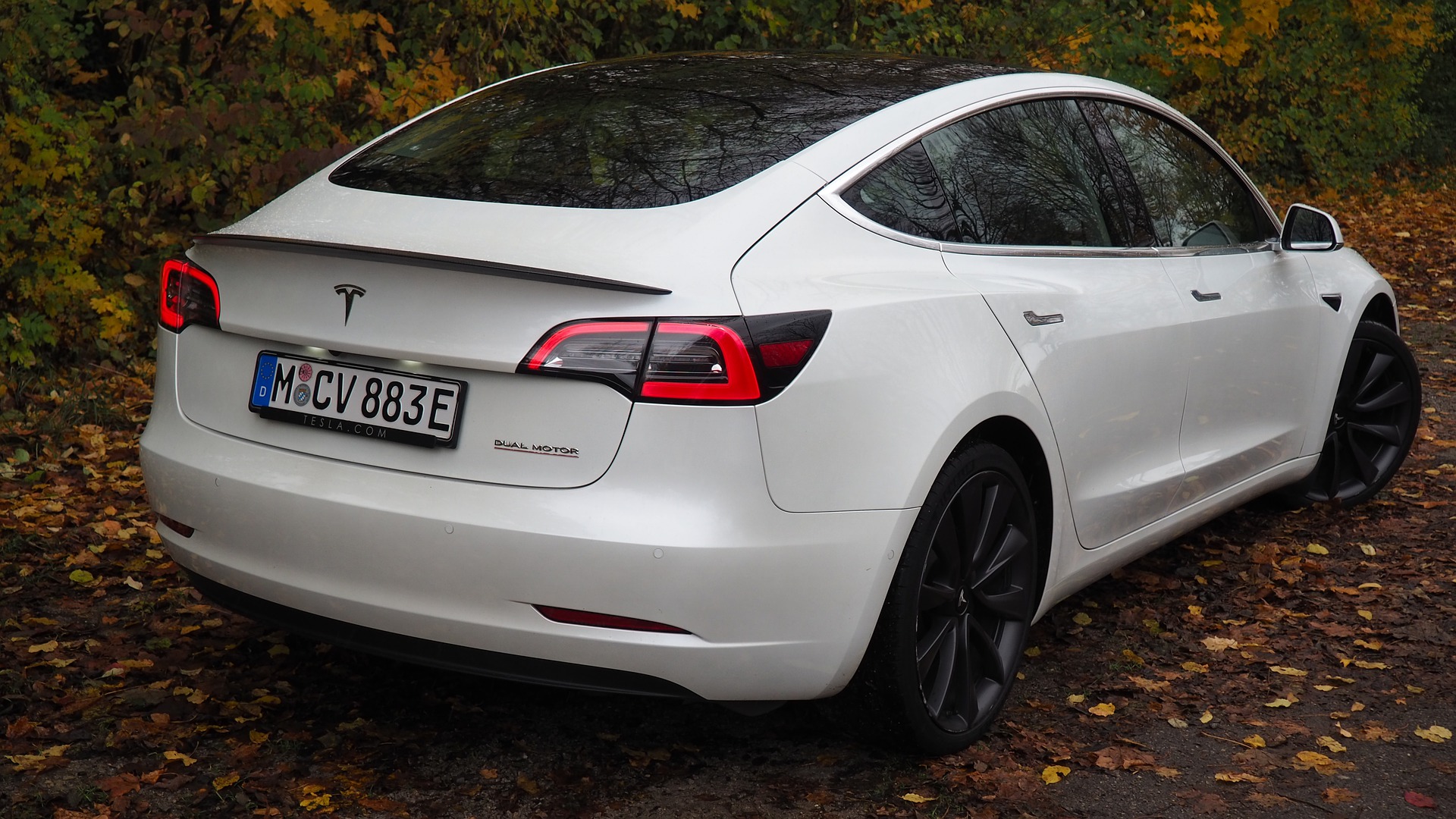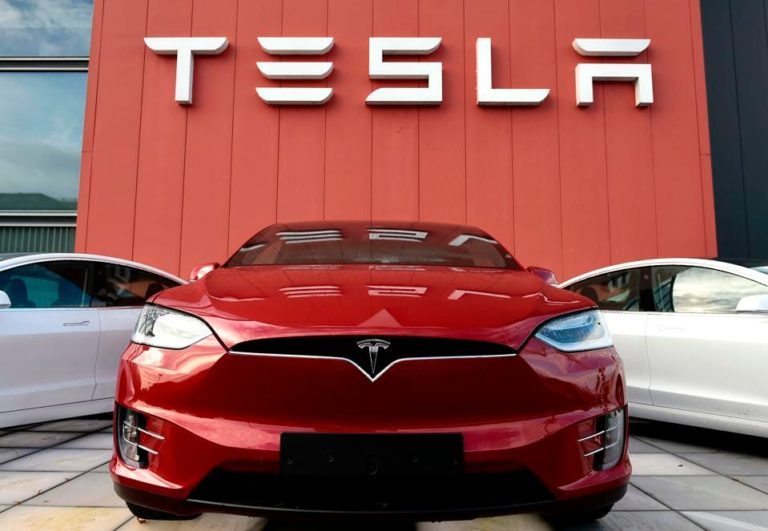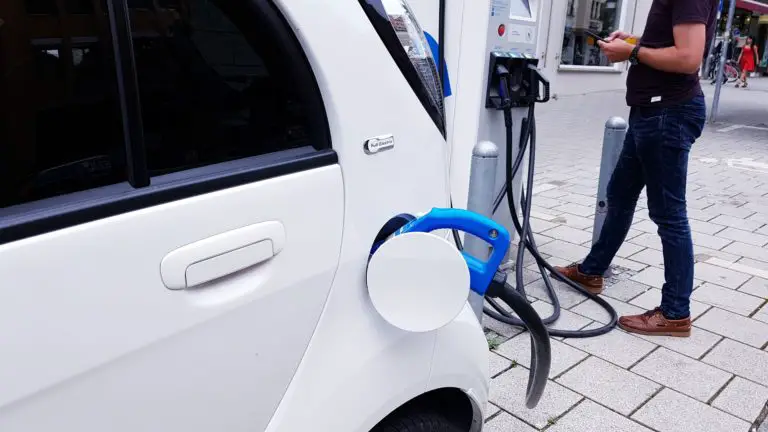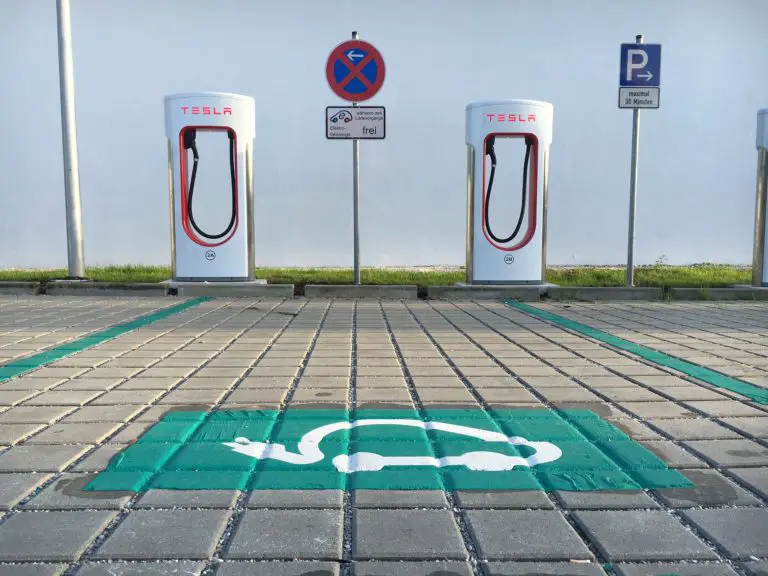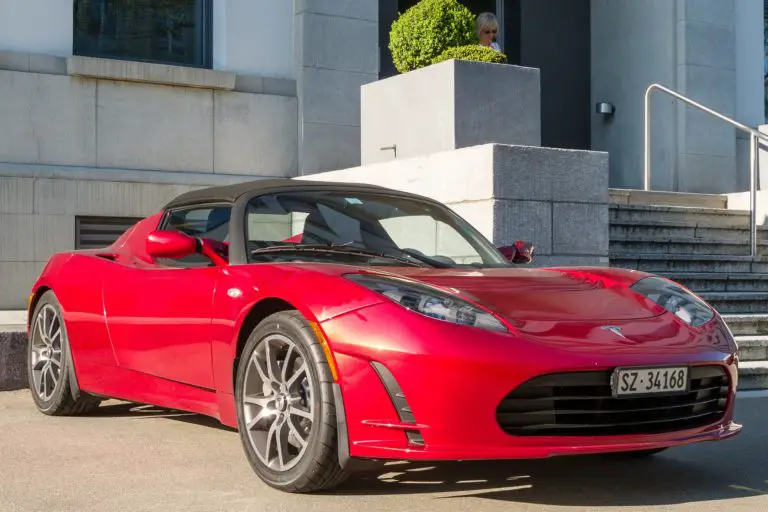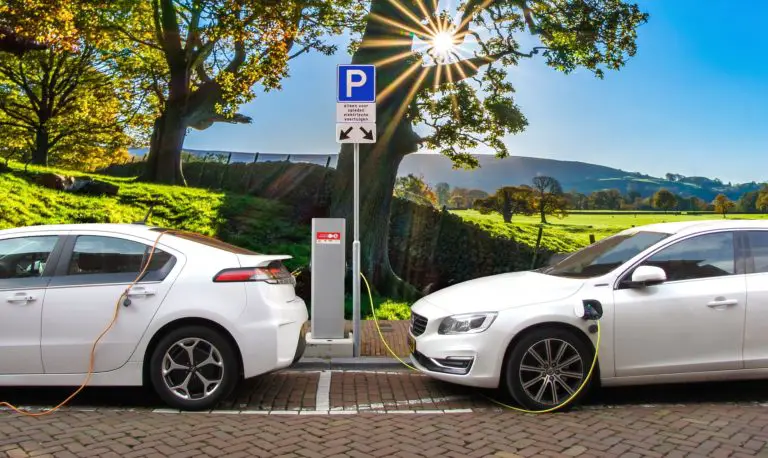Are All Electric Cars Automatic?
Over the last decade, electric vehicles have skyrocketed in popularity, yet many consumers are unfamiliar with the different electric cars available today. For instance, many drivers have wondered whether every electric vehicle is automatic, or are there manual electric vehicles?
Most electric vehicles have single-speed transmissions, which means a clutch pedal is not needed to change gears. Due to this, most electric cars are loosely considered automatic. Some manufacturers are now implementing two-speed automatic transmissions into electric vehicles.
If you’re wondering why almost every electric car is considered automatic, we will break down everything you need to know. We’ll also explain why manufacturers have been hesitant to create electric vehicles with manual transmissions.
Table of Contents
- Electric Cars Are Predominantly Automatic
- Why Are Electric Cars Considered Automatic?
- Advantages Of Automatic Electric Cars
- Are There Manual Electric Cars?
- Will There Be Manual Electric Cars Eventually?
- Conclusion
Electric Cars Are Predominantly Automatic
Electric cars have drastically risen in popularity! Statistics suggest that, by the year 2030, there will be more than 4 million electric cars (EVs) in California alone. By 2040, Bloomberg New Energy Finance predicts more than 58% of global passenger vehicle sales will be electric vehicles.
From these predictions, it’s clear that more consumers are promptly switching to these energy-efficient and transmission-free vehicles. Due to their relatively recent rise in popularity, many consumers are surprised to learn that the first electric vehicles date back to the 1800s.
Ultimately, this means that innovators around the globe were conceptualizing battery-powered vehicles years before the first manual car transmission was developed in 1894. By 1921, the first automatic transmission was invented, which used compressed air and lacked sufficient power.
Between the 1930s and 40s, the first automatic transmission utilizing hydraulic fluid was developed. While manual and automatic transmissions were being designed, there were a series of breakthroughs across the globe regarding electric vehicles, from the batteries used to the electric motors.
However, due to manual transmissions being readily available before automatic transmissions, many consumers have wondered whether there are any manual electric vehicles around today – or does every electric vehicle have an automatic transmission?
Electric cars are predominantly automatic. When you look at the design of electric vehicles, you’ll notice that they don’t have gearboxes or clutch pedals, which are typically used to change between gears. Instead, your average electric vehicle will be a single-speed vehicle.
Single-speed cars only require two pedals, much like automatic vehicles. Of course, these pedals are for accelerating and braking. The single-speed design means that a clutch is not needed to change between gears in an electric vehicle, which is required in a manual car.
However, this single-speed design also significantly distinguishes electric vehicles from automatic cars. In the following section, we will take a closer look at how EVs work. By doing this, you will better understand why most electric vehicles are considered automatic, despite being different from both manual and automatic transmissions.
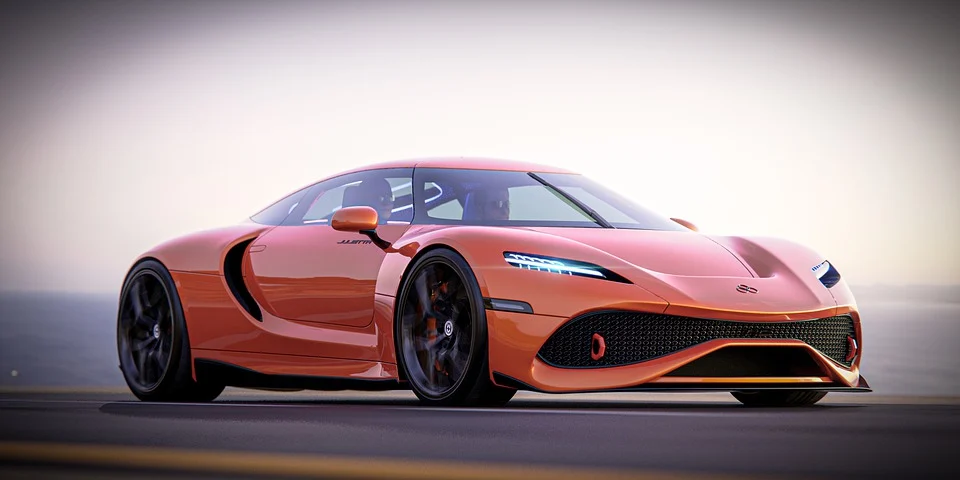
Why Are Electric Cars Considered Automatic?
The previous section established that most electric vehicles use a single-speed transmission that does not require a clutch pedal. Of course, this comes down to the lack of gears, which means that electric cars are more akin to automatic cars than manual ones.
There’s still a critical distinction between automatic and electric vehicles despite this. While automated vehicles do not have clutch pedals, they still have multiple gears. Of course, automatic transmissions can handle most gear changes by themselves.
On the other hand, EVs do not feature a multi-speed gearbox. Instead, most electric cars utilize just one gear, so most EVs are single-speed vehicles. There are two reasons why only one gear is used by most EVs available today.
The first reason electric vehicles typically use one gear is that EVs are capable of higher revs than standard fuel engines. Generally, an automatic or manual car with an internal combustion engine can reach 4000 to 6000 revs per minute (rpm). Electric motors, however, can deliver up to 20,000 rpm.
The second reason EVs have one gear is that this allows manufacturers to sell their electric cars at more affordable rates. This reason is significant when considering the lower prices of diesel and petrol vehicles sold today.
By keeping asking prices down in this manner, manufacturers ensure that consumers can afford the switch to an electric car. This affordability is certainly evident when you look at electric car sales figures in recent years. In 2021 alone, the global sales of electric vehicles doubled, with an estimated 6.75 EVs sold.
It’s clear that ‘automatic’ electric cars have been a hit with consumers. This popularity largely stems from the unique benefits of having an automatic electric vehicle with a singular gear. While there are already benefits to having an automatic car, there are even more advantages to having an electric one!
Advantages Of Automatic Electric Cars
There are several reasons you should invest in an automatic electric vehicle. Many of these advantages are linked to the unique design of these vehicles. These advantages are the reasons consumers love automatic electric cars! Ultimately, this means that these benefits are exclusive to automatic electric vehicles.
Automatic Electric Cars Are Easy To Drive
When you compare different cars on the road today, it’s clear that automatic EVs offer the simplest driving method. Like automated vehicles, electric vehicles only have pedals for accelerating and braking, allowing for smooth handling.
While automatic cars also only utilize two pedals, they can still stall. For instance, when an automatic transmission’s torque converter fails, the vehicle can stall. With automatic EVs, however, this is not possible due to the design.
Automatic Electric Cars Accelerate Faster
Due to the design of single-gear electric cars, torque is delivered almost instantaneously. Effectively, this allows automatic EVs to accelerate faster than vehicles with internal combustion engines. As we discussed earlier, automatic EVs can deliver higher revs per minute than combustion engines.
This design allows EVs to reach 20,000 revs per minute, while petrol and diesel engines can typically only reach 6000 rpm. When you also consider the electricity stored in the rechargeable batteries that power electric motors, it’s no wonder EVs can accelerate much faster than other vehicles.
Automatic Electric Cars Don’t Need Fuel
Of course, one of the best benefits of electric vehicles is that you do not need to buy fuel. When the cost of electricity and fuel is compared, it’s clear that electricity is far less expensive than petrol and diesel. Generally, gas-powered vehicles run on 15 cents per mile.
Electric cars, however, can run on only 5 cents per mile. Many EV owners even use solar panels to lower these costs further. With fuel prices at an all-time high, an electric vehicle presents a great alternative. By investing in an EV, you’ll never have to waste time filling up at the gas station – not to mention the money you’ll save!
Automatic Electric Cars Don’t Have Gearboxes
As we discussed earlier, most electric cars only have one gear. Due to this, automatic electric vehicles do not need gearboxes. Your gearbox can’t malfunction if your vehicle doesn’t have one! With these single-speed EVs, you’ll never have to worry about issues related to gearboxes, which commonly plague gas-powered variants.
Furthermore, the singular gear allows manufacturing costs to be kept low to sell electric vehicles at affordable prices. More gears increase the complexity of transmissions, which increases the price. The lack of a gearbox allows automatic electric cars to remain affordable for consumers.
Automatic Electric Cars Are Low Maintenance
We briefly touched on this point in the previous section when discussing the lack of a gearbox. Compared to gas-powered vehicles, electric vehicles require far less maintenance. Many issues are associated with internal combustion engines, which lead to more frequent maintenance and repairs.
On average, electric vehicles need to be serviced less frequently than gas-powered cars. You won’t even have to worry about lubricating the engine, which is typical for combustion engines. If you’re looking for a vehicle that doesn’t require much maintenance, you’ll love what electric cars have to offer.
Electric Automatic Cars Are Cheaper In The Long Run
It’s no secret that electric cars tend to be more expensive than gas-powered vehicles. However, in the long run, EVs are cheaper to use and maintain. Ultimately, this advantage is a culmination of many of the previously discussed benefits.
With EVs, owners never have to worry about fluctuating gas prices. Electricity is also cheaper than fuel, which will help you save money in the long run. Less maintenance also helps keep future costs down. With improving technologies, the cost of batteries for electric vehicles is even coming down!
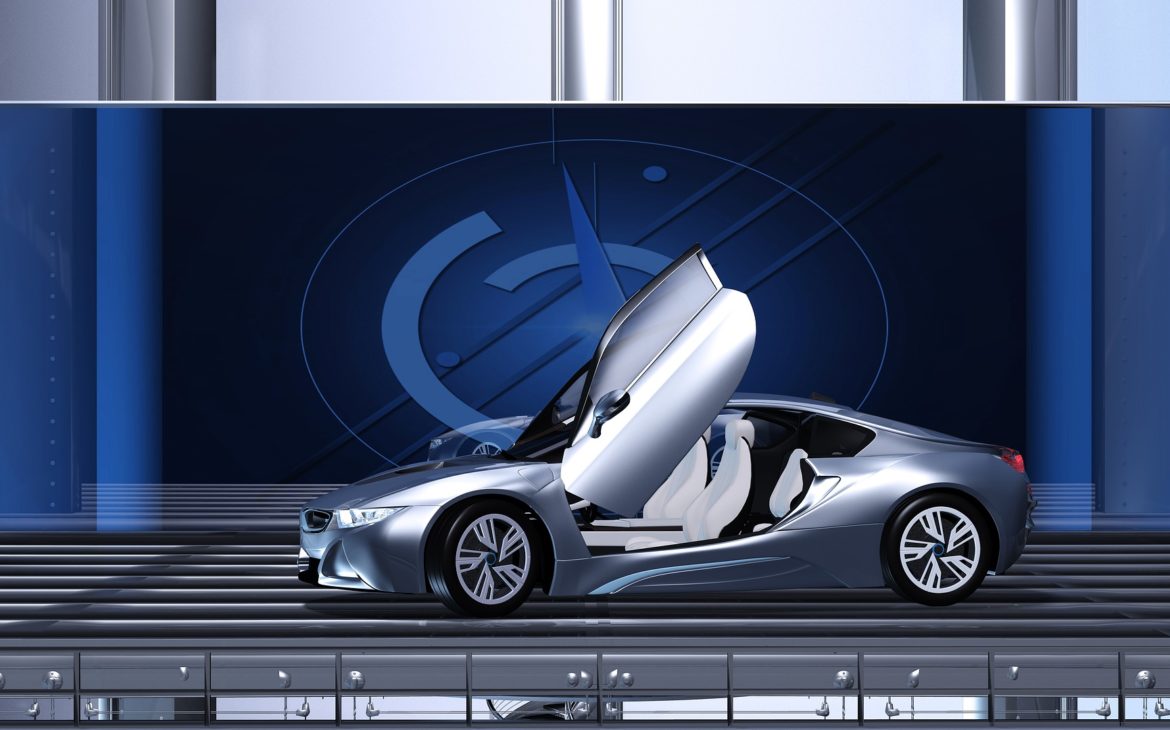
Are There Manual Electric Cars?
When it comes to electric cars, a vast majority are considered automatic due to their single-speed design. This mainly comes down to the cheaper costs of manufacturing electric automobiles that only utilize one gear. However, you may be wondering whether there are manual electric cars.
After all, many drivers love the feeling of driving a manual car. EV manufacturers are aware of this, with designers finding different methods of replicating the feel of a manual transmission in electric vehicles.
For instance, some Tesla models utilize dual motors with different ratios, which can help simulate the feeling of a manual vehicle. Other EV manufacturers have implemented throttle sensitivity in their cars, which allows the automobile to mimic different gear ratios.
Despite this, many consumers are still looking for electric vehicles that offer a more manual-like driving experience. Due to this, there has been a rise in EVs with two-speed automatic gearboxes. This type of electric transmission was first seen in Porsche’s Taycan. Tesla’s Roadster prototypes also initially used a two-speed transmission.
These two-speed gearboxes were developed to balance performance and battery range for smaller electric cars. In two-speed EVs, the first gear is reserved solely for quick launches, while the second gear is the one that will be used the rest of the time. This two-speed transmission improves the usability of EVs for city speeds.
Unfortunately, few commercially available electric vehicles utilize this two-speed automatic transmission. When you consider the design of EVs, it’s clear that gears aren’t required to let the car run, which is why manufacturers have focused on single-speed electric transmissions.
However, this doesn’t mean it’s impossible to incorporate gears into an electric car. This is entirely possible but will be rather costly to implement into EVs. In the following section, we’re going to take a brief look at what the future holds for manual electric vehicles.
Will There Be Manual Electric Cars Eventually?
While the technology to incorporate gears into electric cars is available, manufacturers have avoided implanting this due to the associated costs. However, does this mean we’ll never see commercially available EVs with manual transmissions?
Unfortunately, a truly manual electric car may be far off. Many car enthusiasts are hoping that Polestar will become the first manufacturer to attempt this. At the end of the day, only time will tell what the future of electric car transmissions holds. However, recent patents suggest Toyota might be developing manual EVs.
For now, drivers may need to settle for an EV that can mimic the feeling of changing gears. Of course, it’s also possible to splurge on an electric car with a two-speed automatic transmission. Unfortunately, these are the only alternatives currently available to manual-lovers looking to purchase an electric car with a manual feel.
With many countries creating incentives for consumers to switch to electric cars, drivers who love manual are hoping that there will eventually be the perfect electric vehicle for them. After all, nothing beats the extra control offered by a clutch pedal!
Conclusion
A vast majority of electric vehicles today use a single-speed transmission, which negates the need for a clutch pedal to change gears. Due to this, most EVs are considered automatic in terms of their transmission design. Like automatic cars, these electric vehicles only utilize two pedals for accelerating and braking.
Recently, two-speed automatic transmissions have been incorporated into some electric vehicles. Other manufacturers have also attempted replicating the feel of manual transmissions in electric cars. Whether there will be EVs with manual transmissions in the future remains to be seen!
Amazon and the Amazon logo are trademarks of Amazon.com, Inc, or its affiliates.

